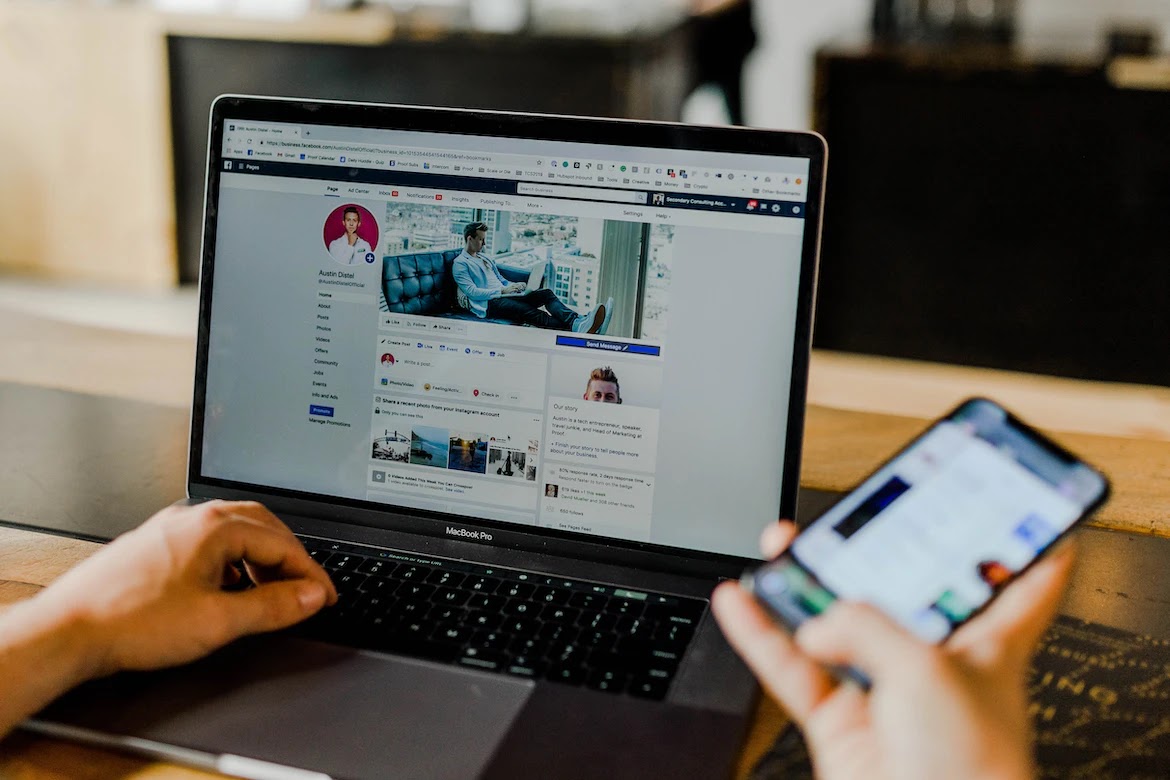 |
| Explain the use fullness of social media in the promotion of human rights in SA |
Social media has become an increasingly important tool in promoting human rights in South Africa and around the world.
Here are some ways in which social media can be useful in promoting human rights in South Africa:
1. Raising Awareness: Social media platforms provide a powerful and accessible way to share information and raise awareness about human rights abuses. Individuals and organizations can use social media to share stories and images that might otherwise be ignored by traditional media outlets, and to mobilize public opinion and support.
2. Mobilizing Communities: Social media platforms can be used to organize and mobilize communities around human rights issues. Hashtags and online campaigns can be used to draw attention to specific issues and to rally support for collective action.
3. Amplifying Voices: Social media platforms provide a platform for marginalized and underrepresented groups to share their experiences and perspectives, and to have their voices heard. This can be particularly powerful in South Africa, where many groups have historically been excluded from mainstream political and social discourse.
4. Holding Governments and Institutions Accountable: Social media can be a powerful tool for holding governments and institutions accountable for their actions or inactions on human rights issues. For example, social media can be used to document and share evidence of abuses, to pressure government officials to take action, and to raise public awareness and support for human rights campaigns.
5. Providing Safe Spaces: Social media can provide a safe space for people to share their experiences and seek support from others who have experienced similar abuses. This can be particularly important for survivors of gender-based violence, who may be reluctant to come forward in traditional settings.
In summary, social media can be a powerful tool in promoting human rights in South Africa by raising awareness, mobilizing communities, amplifying voices, holding governments and institutions accountable, and providing safe spaces for survivors of abuse. However, it is important to note that social media is not a panacea, and that offline organizing, advocacy, and legal action are also necessary to achieve lasting change.





No comments
Post a Comment